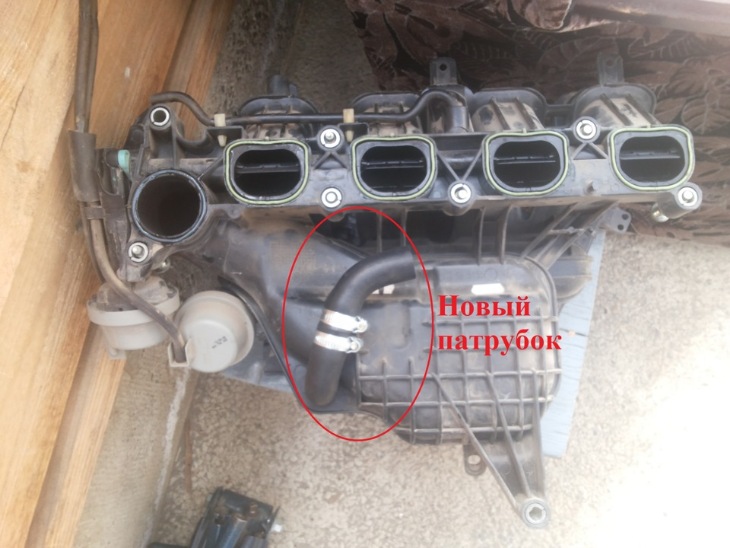
Troit on cold
Content
drivers from time to time encounter a problem when, when starting the internal combustion engine to a cold idling, the cold internal combustion engine of the car troit. Namely: after cranking, the speed drops, uneven exhaust and the smell of unburned fuel appear, the engine starts to “tune”, and as the engine warms up, the car starts to work smoothly, while there are no special obvious signs of problems with the internal combustion engine.
What to produce, where to start looking for a problem - is it not clear? In this case, it is worth looking for the reason that the car is cold, following the instructions below.
7 Causes of Cold ICE Trouble
- First, turn out the candles and see how things are with carbon deposits. After all, any experienced auto mechanic knows that according to the state of the candles (the color on the candle), you can also say a lot and make a certain diagnosis.
- also, measure the compression in the cylinders, both dry and with the addition of oil to the pots (if it rises, the rings have become unusable, if not, valves not adjusted).
- Check the high-voltage wires, if there is such an opportunity, then you can throw in others, see if the result changes.
- To calm your conscience, wash the remote control and IAC, such a procedure will never be superfluous.
- Often the problem when the internal combustion engine troit when starting on a cold one is associated with a breakdown of the mass air flow sensor (MAF), so it is also one of the first to check.
- An option is possible when there is a banal air leak between the head and the intake manifold plays a key role in triplet.
- Modern cars with injection often suffer from poor fuel quality, so flushing the nozzles and changing the gas station will be relevant.
Why diesel troit on cold
The problem when a diesel engine runs cold is no less familiar than gasoline colleagues, but the circle of search for reasons is somewhat narrower. At the same time, ICE tripling is often accompanied by blue or white smoke from exhaust.
First, it can be airborne.
Secondly, there may be a problem in the glow plugs.
Thirdly, wedging of the cold nozzle.
Here are three basic and most common problems that can be the cause of a situation where a diesel engine is running cold. However, valve clearances and incorrectly set timing marks and injection pumps are not ruled out.
Why does a car run on gas
Quite often, a problem arises when a gas car troit on a cold internal combustion engine, and when switching to gasoline, everything works fine. There are few reasons for such a breakdown. The most common of them:
Damaged diaphragm in reducer
- clogging of gas filters;
- loose or loose connections of the pipes of the gas installation;
- breakdowns of the gas reducer - damaged or contaminated membrane, poor-quality or used seals;
- partially or completely inoperative gas nozzles. usually, the underlying cause of their failure is pollution;
- incorrect setting of HBO.
Identifying an inoperative cylinder
When an injection or carburetor car troit on a cold internal combustion engine, the definition of an idle cylinder can help fix the breakdown. Without special equipment, the easiest way to understand which cylinder is not working is to disconnect the high-voltage wires from the spark plugs one by one while the engine is running. If the cylinder is working properly, then when the wire is disconnected, the sound of the motor will change slightly. The sound of the internal combustion engine with an idle cylinder will not change when the explosive wire is disconnected from the candle.
On a diesel engine, an idle cylinder is determined in a different way. Checking must be done on a cooled motor! To do this, we start the internal combustion engine, and then we alternately feel the pipes of the exhaust manifold with our hands. On working cylinders, they will gradually heat up, on idle - noticeably cooler.